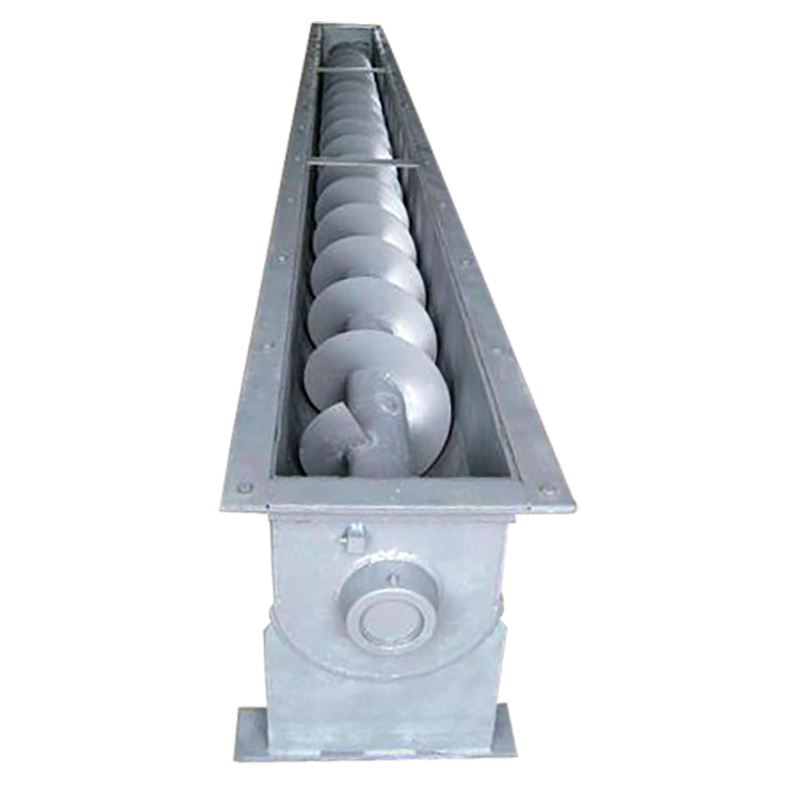cable and hose carrier
Understanding Cable and Hose Carriers Essential Components in Modern Machinery
Cable and hose carriers, often referred to as cable tracks or drag chains, are vital components in numerous industries, particularly in manufacturing, robotics, and automation. Their primary function is to protect and organize flexible cables and hoses, ensuring that they operate smoothly and efficiently without the risk of damage.
Structure and Design
These carriers are typically composed of a series of interconnected links that can bend and twist while allowing for free movement of the cables and hoses inside. The design varies significantly based on the application requirements. For instance, some carriers are designed to withstand extreme temperatures, chemical exposure, or heavy mechanical strain, while others prioritize lightweight materials to facilitate swift movements in high-speed applications. Common materials used in their construction include polyethylene, nylon, and steel, which provide durability while balancing weight and flexibility.
Applications Across Industries
Cable and hose carriers are extensively utilized in various applications. In manufacturing, they play a crucial role in machine tools, conveyor systems, and assembly lines, where they help manage power supply and control signals. In the robotics sector, they enable the seamless movement of cables in robotic arms, preventing tangles and ensuring that the machinery operates without interruption. Additionally, in the automotive industry, these carriers are essential for routing hoses and cables within vehicles, contributing to safety and efficiency.
Benefits of Cable and Hose Carriers
cable and hose carrier

The use of cable and hose carriers offers numerous advantages. First and foremost, they enhance safety by reducing the risk of cable damage, which can lead to short circuits, equipment malfunctions, or even workplace accidents. By keeping cables organized and out of the way, they also minimize trip hazards, contributing to a safer working environment.
Moreover, these carriers are instrumental in extending the lifespan of cables and hoses. By providing protection from abrasion, kinking, and environmental factors, they ensure that vital electrical and hydraulic systems remain functional over extended periods.
Maintenance and Longevity
Proper maintenance is key to maximizing the efficiency and longevity of cable and hose carriers. Regular inspections should be conducted to check for wear and tear, debris buildup, and any signs of damage. Cleaning the carriers and ensuring that the cables and hoses are appropriately routed can prevent potential issues before they arise.
Conclusion
In summary, cable and hose carriers are indispensable components that enhance the efficiency and safety of various machines and operations across multiple industries. Their ability to protect and manage cables and hoses not only improves equipment functionality but also safeguards the working environment. As technology continues to evolve, the design and application of these carriers are expected to advance further, adapting to the ever-changing demands of modern machinery and infrastructure. Their role is set to become even more critical as industries increasingly rely on automation and complex machinery in the pursuit of efficiency and precision.








